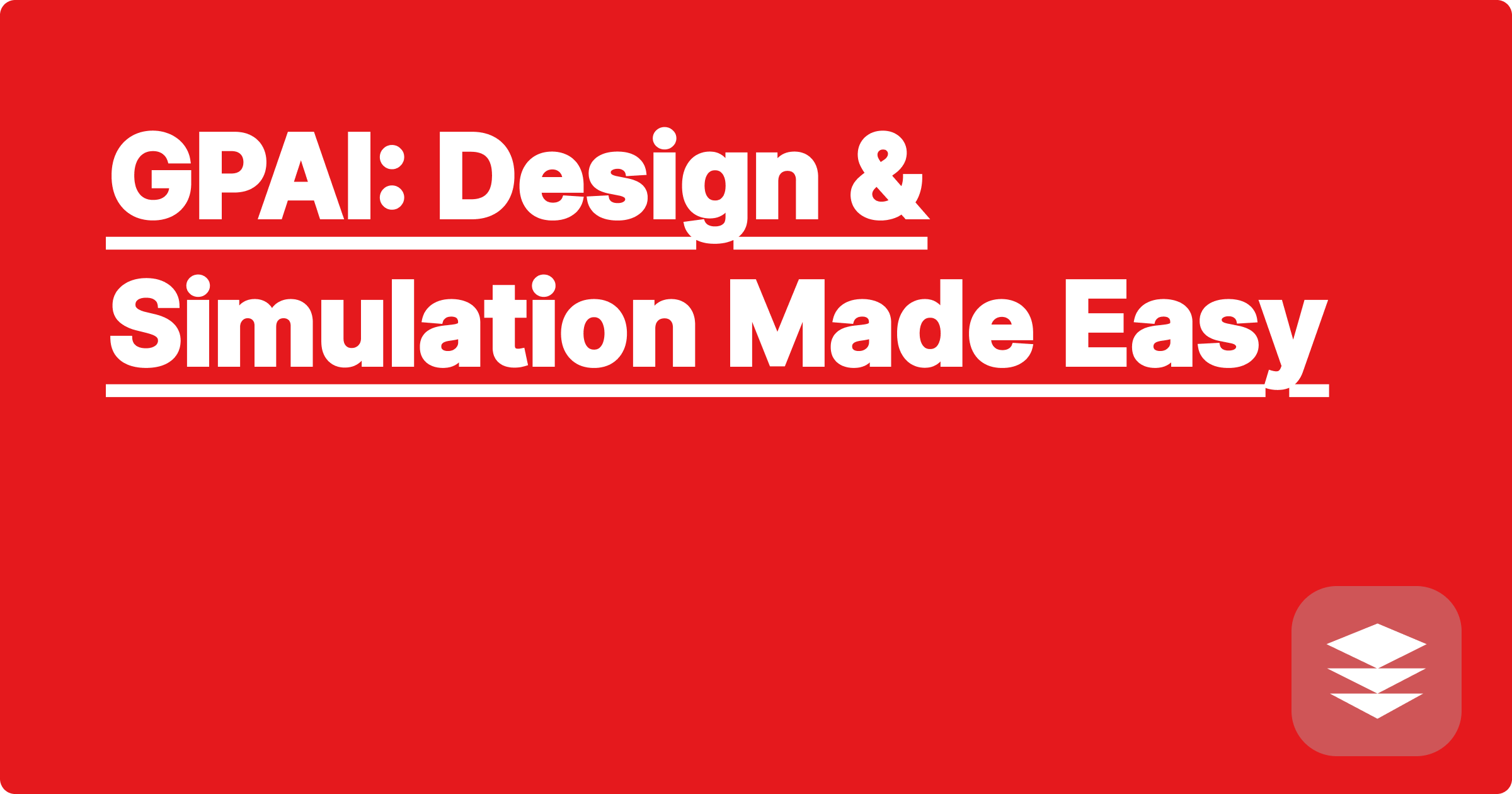
The world of STEM is a demanding one. It requires immense dedication, rigorous analytical thinking, and a constant pursuit of knowledge. From complex mathematical equations to intricate simulations, the challenges can often feel overwhelming. But imagine a world where these hurdles are minimized, where the learning process is personalized and efficient. This is the promise of AI-powered learning platforms like GPAI (Generative Personalized AI), a fictional platform representing a powerful new wave of educational tools.
For STEM students and researchers, GPAI and similar tools represent a paradigm shift. They offer a chance to not only grasp complex concepts faster but also to explore deeper, experiment more freely, and ultimately, unlock their full potential. The sheer volume of information and the rapid pace of advancements in STEM fields can make it difficult to keep up. Traditional learning methods often fall short in providing the personalized support and adaptive learning experiences necessary to thrive in this environment. This is where AI steps in, offering a lifeline for students navigating the complexities of STEM education and research.
STEM fields are notorious for their steep learning curves and the sheer volume of information students must absorb. Traditional teaching methods often rely on a one-size-fits-all approach, which can leave some students struggling to keep up while others are left unchallenged. For example, understanding complex concepts like fluid dynamics or quantum mechanics requires not just memorizing formulas, but also visualizing abstract concepts and applying them to real-world scenarios. Similarly, research in areas like bioinformatics or materials science involves analyzing massive datasets, identifying patterns, and building predictive models, tasks that can be incredibly time-consuming and require specialized skills. The lack of personalized feedback and adaptive learning experiences further exacerbates these challenges, leading to frustration and decreased motivation.
AI-powered platforms like GPAI offer a personalized and adaptive learning experience that addresses these challenges head-on. GPAI can analyze a student's strengths and weaknesses, tailoring learning paths and providing targeted practice problems. Imagine struggling with a particular concept in thermodynamics. Instead of spending hours poring over textbooks, GPAI could identify your specific area of difficulty and generate customized explanations, examples, and practice questions. Furthermore, AI tools like ChatGPT and Claude can be invaluable for understanding complex topics. By simply asking questions in natural language, you can receive detailed explanations, code examples, and even alternative perspectives on a particular concept. Wolfram Alpha, a computational knowledge engine, can be used to solve complex equations, generate visualizations, and explore data in a more interactive way.
Let's imagine you're trying to understand the concept of eigenvalues and eigenvectors in linear algebra. First, you would input the concept into GPAI. The platform would then generate a personalized learning module based on your current understanding. This module might include interactive visualizations, step-by-step explanations, and practice problems tailored to your specific learning style. If you're still struggling, you could use ChatGPT or Claude to ask clarifying questions. For example, you could ask "Can you explain eigenvalues and eigenvectors using an analogy?" or "Can you show me a code example of how to calculate eigenvalues in Python?". Finally, you could use Wolfram Alpha to verify your calculations, visualize the eigenvectors, and explore the properties of different matrices.
Consider a chemical engineering student trying to model a chemical reaction. They could use GPAI to generate a simulation of the reaction, allowing them to manipulate different parameters and observe the effects in real-time. GPAI could also provide personalized feedback on their model, suggesting improvements and highlighting potential errors. In another scenario, a biology student researching protein folding could use AI tools to analyze large datasets of protein structures, identify patterns, and build predictive models. Tools like AlphaFold, an AI system developed by DeepMind, can predict the 3D structure of proteins with remarkable accuracy, accelerating research in fields like drug discovery and disease understanding. For a mechanical engineering student designing a bridge, AI-powered simulation tools can be used to test the structural integrity of the design under different loads and environmental conditions.
Integrating AI tools into your workflow requires a strategic approach. Don't rely solely on AI for answers; instead, use it as a supplement to your learning and research. Actively engage with the material, ask questions, and challenge the AI’s responses. Experiment with different AI tools to find the ones that best suit your learning style and research needs. For example, some tools might be better for visualizing data, while others might be more effective for generating code or explanations. Finally, remember that AI is a tool, and its effectiveness depends on how you use it. By combining AI-powered learning with traditional study methods and critical thinking, you can unlock your full potential and achieve academic success.
To truly harness the power of AI in your STEM journey, start by exploring the available tools. Experiment with different platforms, ask questions, and discover how they can best complement your learning style and research goals. Embrace the opportunities these technologies offer, and you’ll be well on your way to mastering the complexities of STEM and achieving your academic aspirations. Don't be afraid to integrate these tools into your daily routine, whether it's for understanding complex concepts, analyzing data, or simply managing your time more effectively. The future of STEM learning is here, and it's powered by AI.